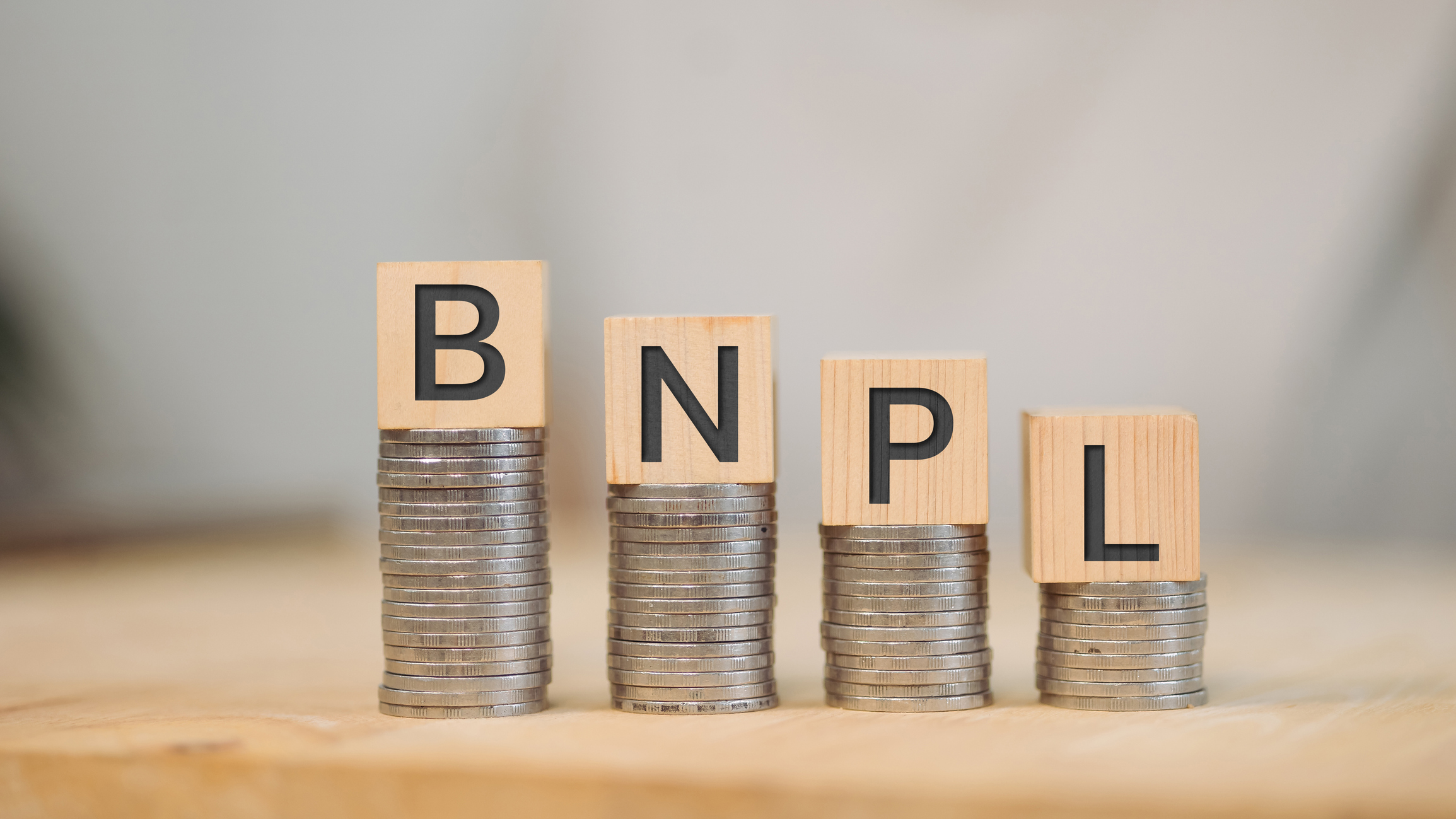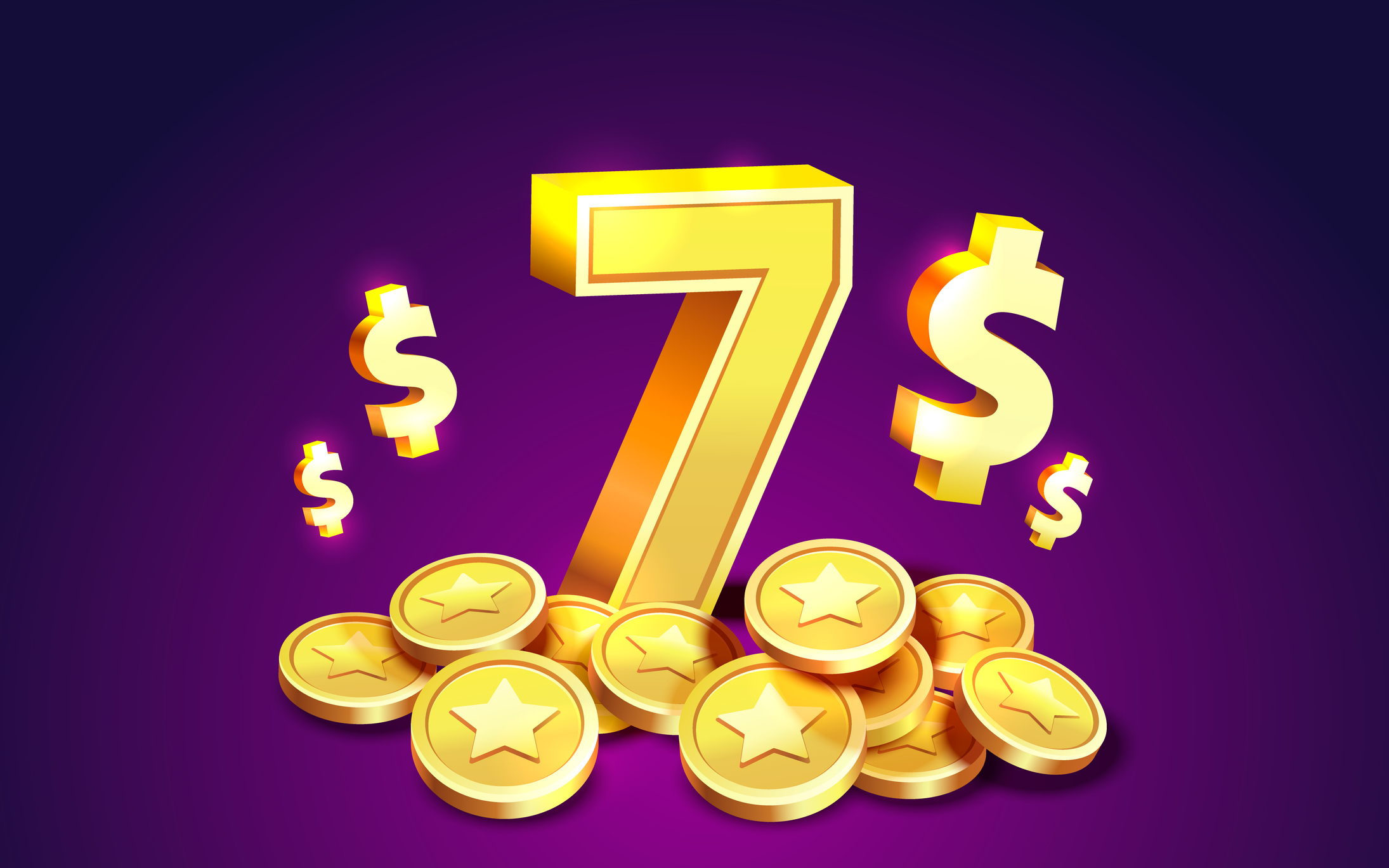I’ve Got $50,000 Burning A Hole in My Pocket. Where Do I Park It Amid Rate Cuts So I Don’t Lose Ground?
Why a mix of CDs can protect $50,000 from shrinking yields.

Question: I have $50,000 saved. Where should I park it before a rate cut happens?
Answer: You'll want to find a savings solution that's resistant to rate cuts. That way, you maximize your savings while rates are still higher. However, you don't have much time to act.
The Federal Reserve cut rates at each of its last two meetings. And it's likely they will issue another cut when they meet next week. It means now is an excellent time to capitalize on higher rates before they drop.
From just $107.88 $24.99 for Kiplinger Personal Finance
Become a smarter, better informed investor. Subscribe from just $107.88 $24.99, plus get up to 4 Special Issues

Sign up for Kiplinger’s Free Newsletters
Profit and prosper with the best of expert advice on investing, taxes, retirement, personal finance and more - straight to your e-mail.
Profit and prosper with the best of expert advice - straight to your e-mail.
Why are the Fed cutting rates?
The Fed issued two rate cuts largely due to a shrinking job market. Although the government won't release the latest job numbers until mid-December due to the prolonged government shutdown, ADP reported an overall loss of 32,000 jobs in November.
When this happens, one way to stimulate job growth is by cutting rates. Doing so makes it cheaper for businesses to borrow money, which in theory would make it more cost-effective to create more jobs.
The problem is that savers will feel the pinch. When the Fed cuts rates, it means savers face lower returns on all savings accounts. It's why timing matters when choosing the right account.
Now is the time to maximize returns before CD rates drop
One route to turn to now that'll protect your money from rate cuts is CDs.
A certificate of deposit features a fixed interest rate. Once you lock in your CD rate, it remains in effect for the entire term. The Fed could cut rates multiple times during your term, and it wouldn't impact your savings at all.
Using this tool, powered by Bankrate, can help you find options that work best for your needs:
And if you are sitting on a wad of cash, I'll show you how a balanced savings approach can maximize yields now while gaining flexibility back to some of your money for future investments.
A strategy that keeps you ahead of the game, with flexibility

One strategy is to open multiple CDs at various terms. Doing so now ensures you lock in higher CD rates to maximize returns. But, it also achieves another positive: You'll gain quick access to some of your money.
Here's how it works:
- Put $25,000 in a one-year CD. A top-performing account is Limelight Bank. You'll earn 4.15% with a minimum deposit of $25,000. In that year alone, you'll earn $1,037.50 effortlessly.
- Deposit $20,000 into a five-year CD. Our top pick is SchoolsFirst Credit Union, with a rate of 4.15%. Over five years, that'll earn you $4,509.04
- Lastly, place your remaining $5,000 into a no-penalty CD. Farmers Insurance Federal Credit Union offers a rate of 4.00% for a nine-month term. This will net you $149.26 in interest earned for a mere six months.
Overall, this approach helps you earn $5,695.80 for a few minutes of work setting up the accounts. Best of all, you'll only tie up half of your money for the next five years. The rest you'll have back within the year, and you can reconsider investment or savings options, depending on how the market does.
What I would caution with this approach
CDs are not a flexible savings vehicle for the most part. Term-based CDs require you to keep the money saved until maturity, or face significant withdrawal fees. For shorter-term CDs of a year or under, this could equate to a few months of interest earned.
Meanwhile, long-term CDs of five years could face penalties of up to one year of interest earned. Therefore, only take this approach if you're comfortable setting aside $25,000 for the next five years.
You must act soon, as more rate cuts are likely coming. Therefore, if you want a risk-free savings option resistant to rate cuts, this approach helps you maximize returns now, while rates are higher.
Related content
Profit and prosper with the best of Kiplinger's advice on investing, taxes, retirement, personal finance and much more. Delivered daily. Enter your email in the box and click Sign Me Up.

Sean is a veteran personal finance writer, with over 10 years of experience. He's written finance guides on insurance, savings, travel and more for CNET, Bankrate and GOBankingRates.
-
 Stocks Extend Losing Streak After Fed Minutes: Stock Market Today
Stocks Extend Losing Streak After Fed Minutes: Stock Market TodayThe Santa Claus Rally is officially at risk after the S&P 500's third straight loss.
-
 What Bilt Cardholders Need to Know as Wells Fargo Exits the Program
What Bilt Cardholders Need to Know as Wells Fargo Exits the ProgramA major shake-up in the Bilt Rewards program could affect your credit card, rent rewards and points strategy heading into 2026.
-
 3 Major Changes to the Charitable Deduction in 2026
3 Major Changes to the Charitable Deduction in 2026Tax Breaks About 144 million Americans might qualify for the 2026 universal charity deduction, while high earners face new IRS limits. Here's what to know.
-
 What Bilt Cardholders Need to Know as Wells Fargo Exits the Program
What Bilt Cardholders Need to Know as Wells Fargo Exits the ProgramA major shake-up in the Bilt Rewards program could affect your credit card, rent rewards and points strategy heading into 2026.
-
 Where to Stash Cash as Yields Fall, According to Advisers
Where to Stash Cash as Yields Fall, According to AdvisersYour best options depend on how soon you'll need the money and your tolerance for risk.
-
 Should You Use Buy Now, Pay Later Options to Finance Your Vacation?
Should You Use Buy Now, Pay Later Options to Finance Your Vacation?Many travel companies are letting users pay in installments. But is "buy now, pay later" a smart financial decision?
-
 I'm a Financial Pro: You Really Can Make New Year's Money Resolutions That Stick (and Just Smile as Quitter's Day Goes By)
I'm a Financial Pro: You Really Can Make New Year's Money Resolutions That Stick (and Just Smile as Quitter's Day Goes By)The secret to keeping your New Year's financial resolutions? Just make your savings and retirement contributions 100% automatic.
-
 As We Age, Embracing Our Own Self-Doubt Can Be a Gift: A Cautionary Tale About Elder Financial Abuse
As We Age, Embracing Our Own Self-Doubt Can Be a Gift: A Cautionary Tale About Elder Financial AbuseAn aging couple hired a company that illegally required large deposits, and then they decided to stick with the company even after an employee stole from them.
-
 7 Ways to Save Money on Almost Everything
7 Ways to Save Money on Almost EverythingHigh prices got you down? These strategies can help you reap deep discounts on everyday spending.
-
 Do You Have a CD Maturing Soon? Here's What to Do Next
Do You Have a CD Maturing Soon? Here's What to Do NextThese strategies of what to do when you have a CD maturing soon will have you maximizing returns even with rate cuts.
-
 How to Open and Maintain an Online Savings Account Safely
How to Open and Maintain an Online Savings Account SafelyOnline banks offer generous APYs that most brick-and-mortar banks can't match. If you want to make the switch to online but have been hesitant, I'll show you how to do it safely.